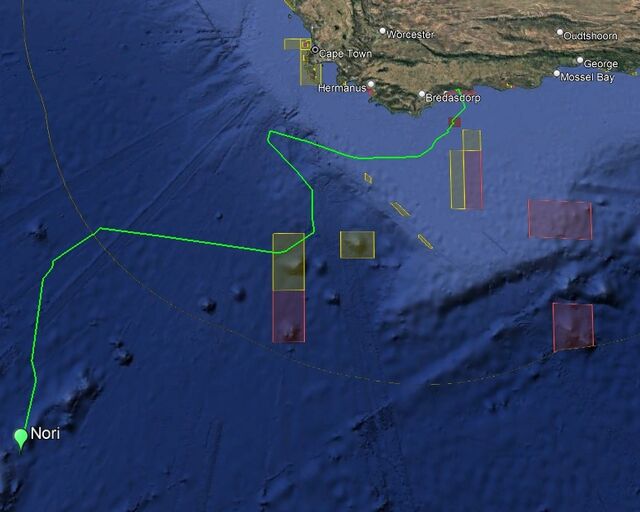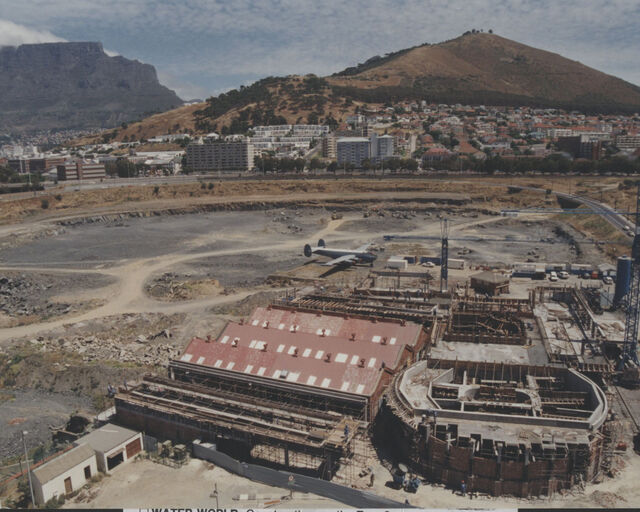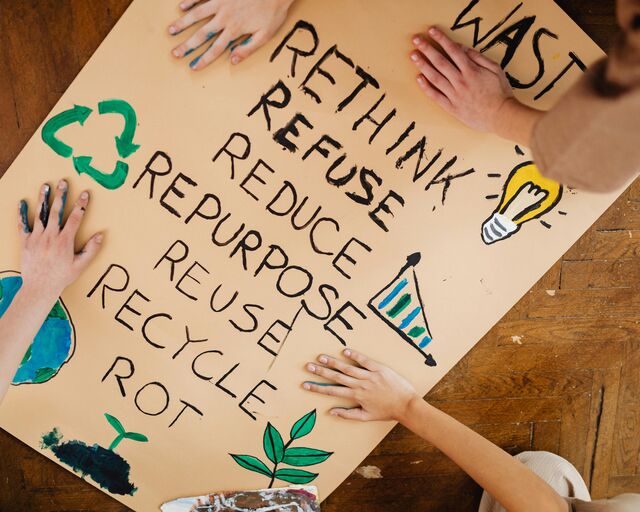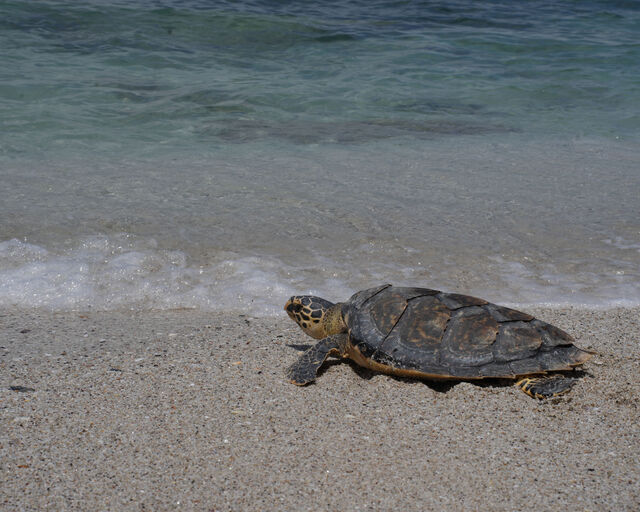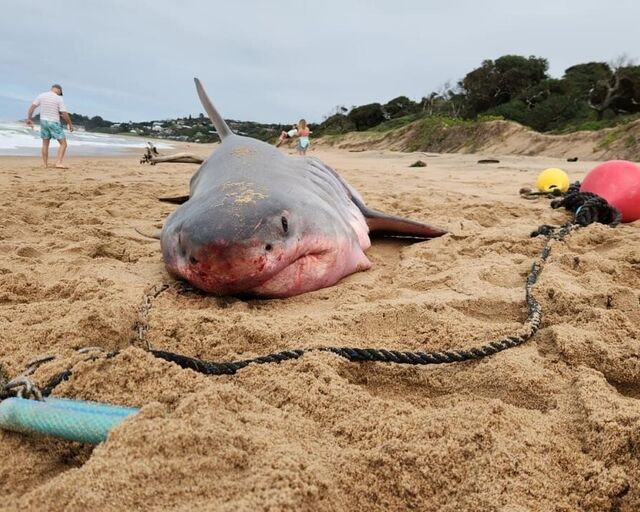The Magic of De Hoop: Five turtles successfully released into De Hoop Nature Reserve
In the last month, the Two Oceans Aquarium Foundation’s Turtle Conservation Centre celebrated not one but two turtle releases! On World Sea Turtle Day, what better way to celebrate than with news of the successful release of five rehabilitated turtles?
On 3 May 2023, the Turtle Conservation Centre team released two green turtles, Amigo and Zelena, into the De Hoop Marine Protected Area. Both turtles were rescued off this same stretch of coast, poignantly bringing their release to a full circle. A few weeks later, on 24 May 2023, the team released a green turtle, Coral, and two hawksbill turtles, Siriti and Amber, on the same spot.
What happened at the turtle releases in De Hoop Nature Reserve?
The release of green turtles Amigo and Zelena was highly anticipated and hugely exciting for the Turtle Conservation Centre. This had been a long time in the making.
Cape Nature Rangers, who have supported the rescue of many turtles, gently lifted Zelena and carried her to the water's edge. She took a deep breath, a few strong flipper movements, and swam into the breaking waves. Proud supporters of the Turtle Conservation Centre and adopters of Amigo, Ed and Anka Zeeman (owners of Morukuru Family and founders of the Morukuru Goodwill Foundation) carried Amigo down to the water. He was eager to join Zelena, following her example as he quickly swam under the surface.
This first trial release went incredibly well, confirming to the team that the release programme could comfortably continue in the De Hoop MPA. Situated in De Hoop Nature Reserve, Morukuru Family is ideally placed to join forces with our Turtle Conservation Centre, working for turtle conservation.
Guided by initial research, the team set clear guidelines for future releases. Juvenile or young green and hawksbill turtles would likely explore the coastal waters, making them the ideal candidates for release and research in a location like De Hoop MPA.
“Learning from our time in De Hoop, we selected three turtles for the second release. Two hawksbills (Siriti and Amber) and one green turtle (Coral) were cleared by our vets and matched the guidelines,” said Talitha Noble, the Conservation Manager at the Two Oceans Aquarium Foundation’s Turtle Conservation Centre.
On 24 May 2023, heralded by beautifully clear skies, Siriti, Amber, and Coral were transported to the awaiting shoreline of the De Hoop MPA. All three of these turtles had been stranded along the Western Cape coastline before being rehabilitated by the dedicated team at the Two Oceans Aquarium Foundation’s Turtle Conservation Centre. Now, Coral, Siriti, and Amber are getting a second chance at life in the ocean.
Siriti was the first turtle to take the plunge. She took a little convincing – for a minute or two, she lay at the shoreline, taking it all in. The waves whooshed up to greet her, welcoming their friend, and she was off!
Then, it was Coral’s turn. As she raised her head to look at the sea, it was almost as though she was sniffing the salty air. Then, Coral’s flippers dug into the sand, and she started moving resolutely towards the breaking waves.
Amber was raring to go, stretching out her front flippers as she was carried to the shore. Without second-guessing it, she inched into the welcoming waves before shooting forward into the surf.
Along the shore of the little bay, our Turtle Conservation Centre team watched with bated breath as the dark shadows of the three turtles moseyed around the reef, acclimatising to their new environment. Shortly after, everyone sighed in relief as the underwater shadows moved out of the reef into the big blue beyond. Amazingly, a pair of whales appeared on the horizon to welcome the turtles home.
The magic of De Hoop: Why is this area special?
De Hoop Nature Reserve is a spectacular space. Approaching the beach on the long dirt road, trundling through pristine fynbos and strandveld, is it clear why so many consider the reserve precious. The sea glitters on the horizon as geometric tortoises, blesbuck, ostriches, and dung beetles show off in abundance. The ocean is vivid turquoise.
The area was declared an MPA in 1985, so the value of De Hoop’s marine environment has been recognised for some time. Renowned as a birthing ground for southern right whales, the MPA is home to shoaling fish, bottlenose dolphins, sunfish, sharks, rays, and plentiful birdlife. De Hoop is managed by Cape Nature as a completely restricted area (i.e., “no take”), allowing marine wildlife to flourish and showcasing the effectiveness of such MPAs. More recently, evidence suggests the secret of De Hoop’s magic lies in what it has to offer turtle conservation.
At first, there were occasional aerial sightings of foraging turtles in the coastal seagrass beds of De Hoop, followed by photos of these turtles spending time in the surf zone and, eventually, stranded turtles washing up in the shallows. Cape Nature rangers reported seeing turtles surface for breath on their patrols more than once. In the last eight years, the Turtle Conservation Centre has received seven live green juvenile/sub-adult turtles from De Hoop, with the beloved Bob as the most well-known. This evidence made clear to our team at the Turtle Conservation Centre that this is an area of significance for turtle populations.
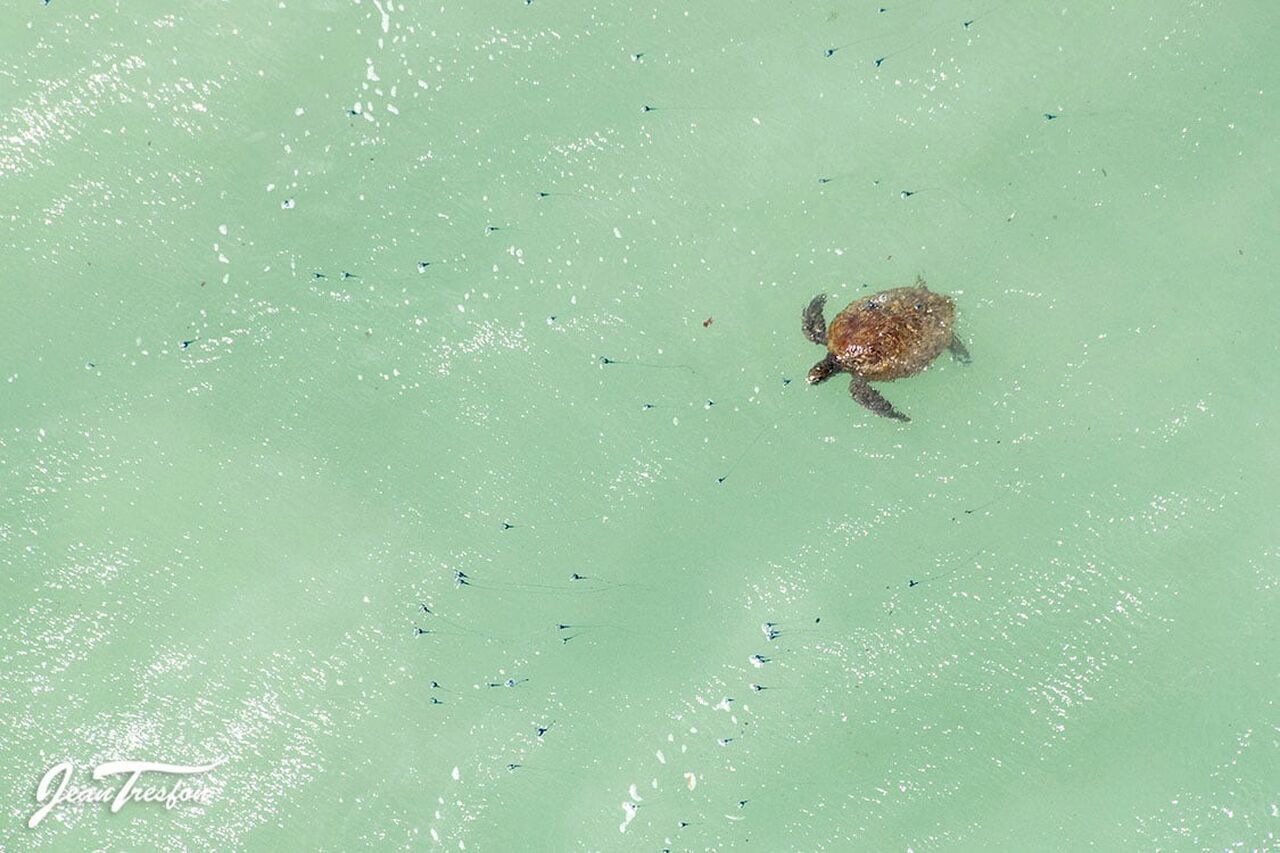
“One of these turtles, Litchi, was rescued from De Hoop in February 2021 and released off Cape Point 11 months later with a satellite tag. She headed straight for De Hoop and is still there 17 months later!” noted Tracy Whitehead, Turtle Rescue Network Coordinator.
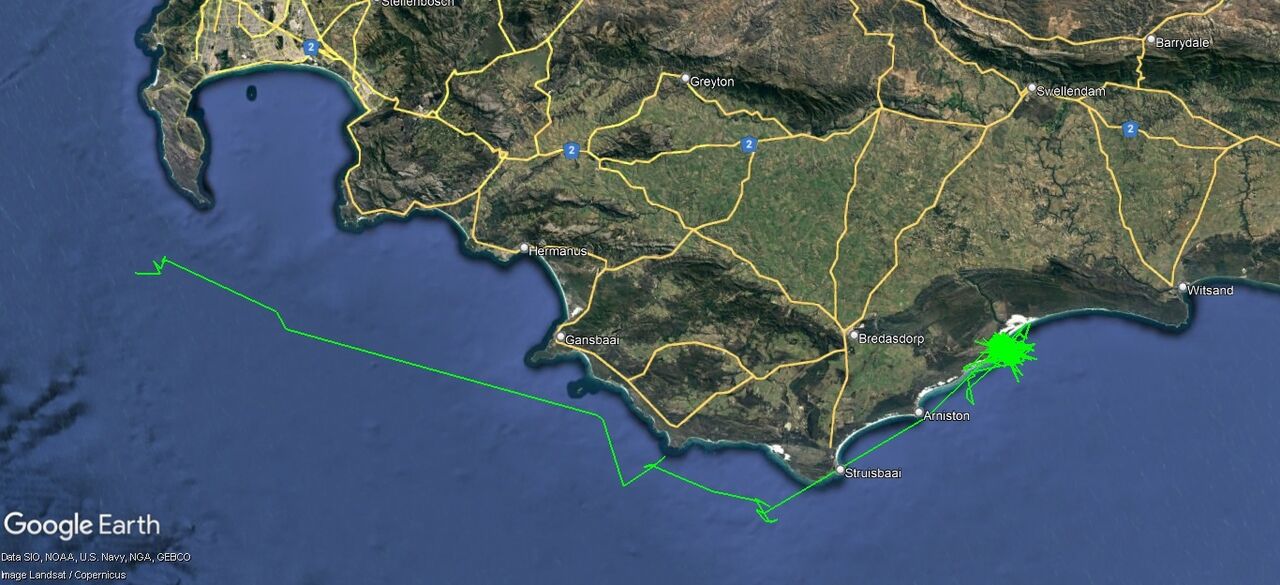
Our research into the magic of De Hoop continues to unfold – with our five newest turtle ambassadors, we will hopefully learn much more in the years to come.
Why are acoustic tags best for juvenile greens and hawksbills?
In the lead-up to the releases, our turtle team carefully fixed acoustic tags onto each of the five turtles’ carapaces (top shells). Thanks to the incredible support of the South African Institute for Aquatic Biodiversity (SAIAB)’s Acoustic Tracking Array Platform (ATAP), these acoustic tags will allow our team to track the movements of the released turtles. The ATAP, a collaborative marine science programme which began in 2011, is a network of acoustic receivers covering approximately 2 200 kilometres of the South African coastline from False Bay to Ponta do Ouro at the border of Mozambique.
Acoustic tags periodically emit a frequency and, all along the South African coastline, acoustic receivers capture these frequencies when the animal swims past. This sound signal lasts between 20 and 180 seconds and can be heard as far as half a kilometre away. Receivers record the sound signals with the date, time, and unique ID code of the tag that passes it. The period an animal can be tracked depends on the tag’s battery life, which can last between three months and ten years!
The De Hoop MPA plays a crucial role in turtle conservation because, in this area alone, there are six active acoustic receivers. This is one of the main reasons the area was chosen for the release of juvenile turtles. Research has shown that in the late juvenile stage of life, green and hawksbill turtles tend to prefer coastal areas over the open ocean. Therefore, ATAP’s coastal array of receivers can likely pick up their movements successfully. Amigo, Zelena, Coral, Siriti, and Amber are perfectly suited for release in De Hoop MPA.
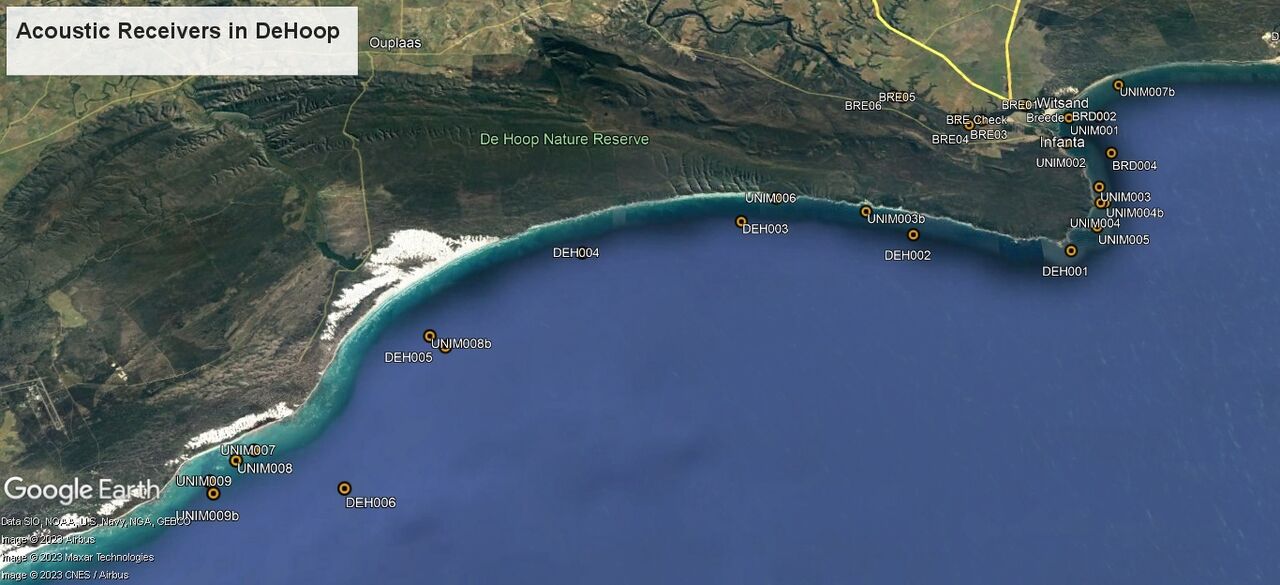
“In the years to come, we will hopefully gain invaluable insight into the coastal movement and behaviours of these sea turtles and their use of the De Hoop coastline,” said Talitha Noble.
In the meantime, we wish Coral, Siriti, Amber, Amigo, and Zelena the best as they explore the beautiful, big blue! Hopefully, we'll "hear" from their tags soon...
Did you know that you can adopt a turtle?
By adopting a turtle, you make a precious contribution to its rehabilitation and release. Not only that, but you'll get a certificate of adoption and updates on your turtle's progress!
